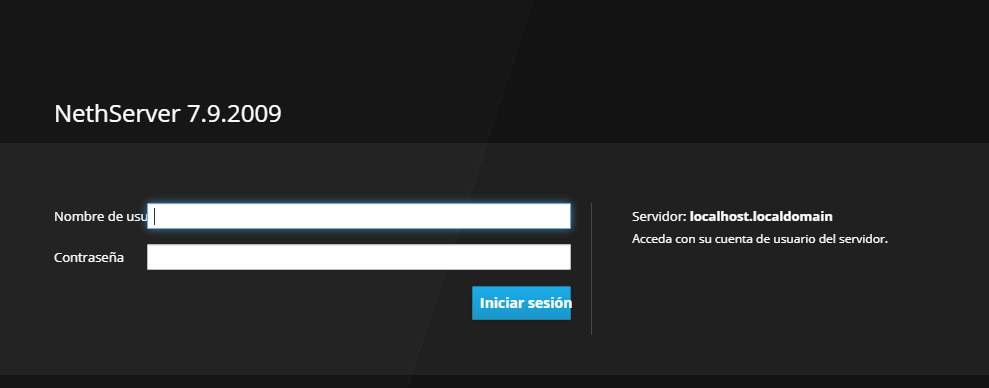The ability to express the concept of “fixing” something is essential for effective communication in any language. Whether it’s a broken appliance, a leaky faucet, or a torn piece of clothing, knowing the appropriate terms to convey your need for repairs is crucial. In Spanish, the language spoken by over 500 million people worldwide, there are several ways to express the action of fixing or repairing something, each with its own nuances and applications. This comprehensive guide will delve into the intricacies of these terms, helping you to confidently navigate conversations and situations that require the use of “to fix” in Spanish.

Image: www.pinterest.com
Arreglar: The Versatile Fix-It Term
The most commonly used verb for “to fix” in Spanish is “arreglar.” It is a versatile term that can be applied to a wide range of repair scenarios, from simple household tasks to complex mechanical fixes. When used in the context of fixing, “arreglar” typically implies a process of restoring something to its proper working order or original condition. For instance, you could say “Necesito arreglar el grifo” (I need to fix the faucet) or “Voy a arreglar el coche” (I’m going to fix the car).
Reparar: Emphasizing Restoration and Reconstruction
Another important term for “to fix” in Spanish is “reparar.” Unlike “arreglar,” which focuses on the general act of fixing, “reparar” emphasizes the process of restoring something damaged or broken to its original state. It is often used in contexts where significant reconstruction or replacement is necessary. For example, you could say “Hay que reparar el tejado” (The roof needs to be repaired) or “Voy a reparar el motor” (I’m going to repair the engine).
Componer: A Specialized Term for Fixing Specific Objects
In certain contexts, the verb “componer” can also be used to convey the idea of fixing something. However, its usage is more specialized compared to “arreglar” and “reparar.” “Componer” is typically employed when referring to the repair or restoration of specific objects, particularly those related to music or technology. For instance, you could say “Necesito componer el piano” (I need to fix the piano) or “Voy a componer mi teléfono” (I’m going to fix my phone).

Image: community.nethserver.org
Solving Problems with Solucionar
While “arreglar,” “reparar,” and “componer” primarily focus on physical repairs, the verb “solucionar” takes a broader approach to problem-solving. It can be used to express the act of resolving an issue or finding a solution to a problem, regardless of whether it involves physical repairs or not. For instance, you could say “Necesito solucionar un problema con mi computadora” (I need to fix a problem with my computer) or “Voy a solucionar el conflicto” (I’m going to solve the conflict).
Beyond Vocabulary: Cultural Context of “Fixing” in Spanish
Understanding the correct vocabulary is essential, but to fully grasp the concept of “to fix” in Spanish, it’s important to consider the cultural context surrounding repairs and maintenance. In many Spanish-speaking cultures, there is a strong emphasis on self-reliance and resourcefulness when it comes to fixing things. This is reflected in the widespread availability of hardware stores and repair shops, as well as the number of people who undertake DIY (do-it-yourself) projects. Additionally, the concept of “chapuza” (literally, “botch job”) is often used to describe a poorly executed repair or a temporary fix.
How To Say To Fix In Spanish
Conclusion
Mastering the various ways to express “to fix” in Spanish is a valuable skill for effective communication in this global language. By understanding the nuances and applications of terms like “arreglar,” “reparar,” “componer,” and “solucionar,” you can confidently navigate situations that require expressing a need for repairs. Remember, in addition to vocabulary, cultural context plays a significant role in shaping how we approach the concept of fixing things. Whether you’re a traveler, a language learner, or simply curious about the Spanish language, this guide will empower you to communicate your repair needs effectively and engage with Spanish speakers on a deeper level.